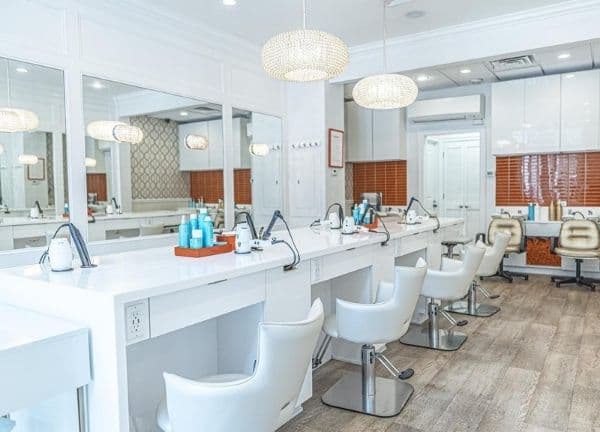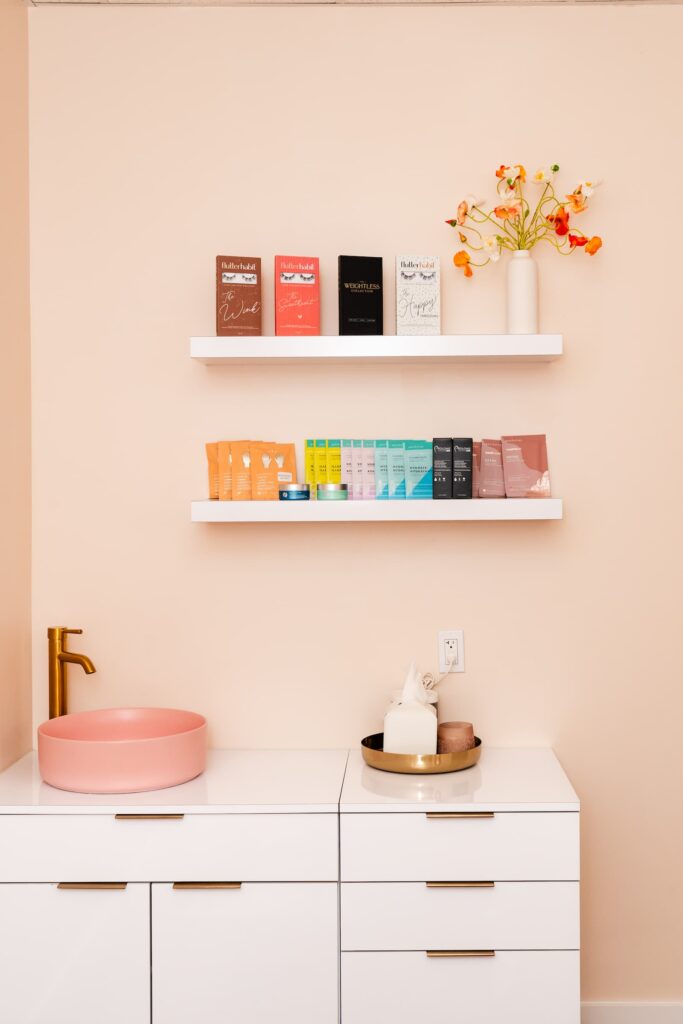Discover the salon startup costs: plan your financial journey wisely for a successful salon venture!
Understanding salon startup costs is essential for anyone considering opening a hair and beauty business. A well-structured financial plan can significantly influence the salon’s success in its early stages.
Importance of Proper Financial Planning
Proper financial planning helps to establish a clear budget and avoid unexpected expenses. It allows individuals to prepare for various financial responsibilities before launching their salon. A comprehensive financial plan can also facilitate better funding options, whether self-financing, seeking loans, or attracting investors.
By outlining potential costs, a solid plan reduces risks associated with financial shortages and enables more informed decision-making. A planned budget can also assist in setting realistic pricing strategies, ensuring that services can support ongoing expenses and provide a reasonable profit margin.
Factors Influencing Startup Costs
Several factors can influence the overall costs associated with opening a salon. Recognizing these variables can help in better budgeting and planning. Below are some primary factors:
| Factor | Description |
| Location | Rent varies significantly based on geographic area and demand for salon services. |
| Size of the Salon | A larger space generally incurs higher costs for rent, utilities, and supplies. |
| Salon Services Offered | The range of services may dictate specialized equipment and personnel costs. |
| Licenses and Permits | Regulatory fees for operating a salon can vary significantly by state and locality. |
| Design and Renovation | The condition of the premises and the aesthetic choices can significantly affect start-up expenses. |
| Equipment and Supplies | The initial purchase of salon equipment and products may constitute a substantial portion of the investment. |
| Marketing and Advertising | Costs to promote the business before launch can affect the overall financial outlay. |
Understanding these influencing factors can aid in creating a more informed financial strategy. By considering these elements, potential salon owners can develop a better grasp of their required investment and plan accordingly.
Breakdown of Salon Expenses

Understanding the various expenses involved in starting a salon is essential for any entrepreneur. These costs can generally be categorized into initial costs and recurring costs.
Initial Costs
Initial costs are one-time expenses incurred to set up the salon. These may include: Source: Forbes
| Expense Type | Estimated Cost Range |
| Lease Deposit | $1,000 – $5,000 |
| Renovation and Setup | $10,000 – $50,000 |
| Equipment and Furniture | $5,000 – $25,000 |
| Licenses and Permits | $100 – $1,000 |
| Marketing and Branding | $1,000 – $5,000 |
| Inventory (Products) | $2,000 – $10,000 |
| Insurance | $500 – $2,000 |
Related: How to Start a Profitable Makeup Business in 2025
Recurring Costs
Recurring costs are ongoing expenses that will be incurred regularly in the operation of the salon. These may include: Source: NerdWallet
| Expense Type | Estimated Monthly Cost Range |
| Rent | $1,000 – $5,000 |
| Utilities | $200 – $1,000 |
| Salaries and Wages | $2,000 – $15,000 |
| Supplies and Inventory | $500 – $3,000 |
| Marketing | $200 – $1,000 |
| Insurance | $50 – $200 |
| Maintenance | $100 – $500 |
Understanding both initial and recurring costs is vital for setting a realistic budget and ensuring the salon’s financial viability.
Funding Options
When considering salon startup costs, exploring funding options is crucial for ensuring the necessary financial resources are available. There are several common avenues to consider when seeking capital to open a salon.
Self-Financing
Self-financing involves using personal savings or assets to fund the startup costs. This option allows individuals to maintain complete ownership of their salon without the pressure of repaying loans or profits sharing with investors. However, it requires careful assessment of personal finances to determine if sufficient funds are available.
| Self-Financing Pros | Self-Financing Cons |
| Full control over the business | Potential risk of personal finances |
| No debt obligations | Limited funding availability |
| Quick access to funds | Strain on personal savings |
Business Loans
Another viable option for funding a salon is through business loans. Many financial institutions offer loans specifically tailored for startups. These loans can provide substantial capital needed to cover initial and recurring expenses. Loan repayment typically requires a solid business plan to demonstrate the ability to generate income.
| Business Loans Pros | Business Loans Cons |
| Larger funding amounts | Requirement of collateral |
| Ability to establish credit | Monthly repayment obligations |
| Potential for lower interest rates | Stringent approval process |
Investors
Seeking investors is another way to finance a salon. This involves bringing in individuals or groups who provide capital in exchange for equity in the business. Investors can offer valuable expertise and guidance in addition to financial backing. However, bringing in investors means giving up partial ownership and sharing profits.
| Investors Pros | Investors Cons |
| Access to significant funding | Loss of some control over business decisions |
| Knowledge and mentorship | Potential for conflicts of interest |
| Networking opportunities | Obligation to share profits |
Choosing the right funding option is essential when determining the cost of opening a salon. Each choice has its advantages and challenges, and the best fit will depend on individual financial situations, business plans, and personal preferences.
Budgeting and Financial Management

Effectively managing finances is crucial when considering the costs associated with starting a salon. Establishing a solid budget and financial plan helps ensure longevity and success. This section focuses on three main aspects: creating a detailed business plan, tracking expenses, and implementing strategies for cost control.
Creating a Detailed Business Plan
A comprehensive business plan serves as a roadmap for the salon’s operations and financial strategy. It outlines the initial vision, estimated costs, and potential revenue streams. Key elements to include in a business plan are: Source: U.S. Small Business Administration
| Element | Description |
| Executive Summary | Overview of the business concept and mission. |
| Market Analysis | Research on the target market and competition. |
| Marketing Strategy | Outline of promotional efforts and pricing strategy. |
| Financial Projections | Expected income, expenses, and profit margins over time. |
| Funding Requirements | The total amount needed to start and operate the salon. |
By keeping the business plan updated as the salon grows, it remains a relevant tool for guiding decisions and securing funding.
Tracking Expenses
Accurate tracking of expenses is essential for maintaining financial health. Detailed record-keeping enables salon owners to monitor all expenditures, identify trends, and adjust budgets accordingly. Common categories for tracking include:
| Expense Category | Typical Costs |
| Rent | Monthly lease payments for salon space. |
| Utilities | Electricity, water, and internet services. |
| Supplies | Hair products, tools, and equipment. |
| Marketing | Advertising, promotions, and website costs. |
| Labor | Employee salaries, commissions, and benefits. |
Using financial management software or spreadsheets can simplify the tracking process and provide visibility into spending patterns.
Strategies for Cost Control
To effectively manage salon startup costs, implementing cost control strategies is critical. Some effective strategies include:
| Strategy | Description |
| Bulk Purchasing | Buy supplies in larger quantities to lower the per-unit cost. |
| Vendor Negotiation | Establish relationships with suppliers for better pricing. |
| Automated Inventory Management | Use technology to manage stock levels and reduce waste. |
| Review Expenses Regularly | Conduct monthly financial assessments to identify unnecessary expenditures. |
By adopting these strategies, it becomes possible to optimize expenses, maintaining a more sustainable financial path for the salon.
Other: Lash Franchise with Hott Blowdry: The Ultimate Investment








